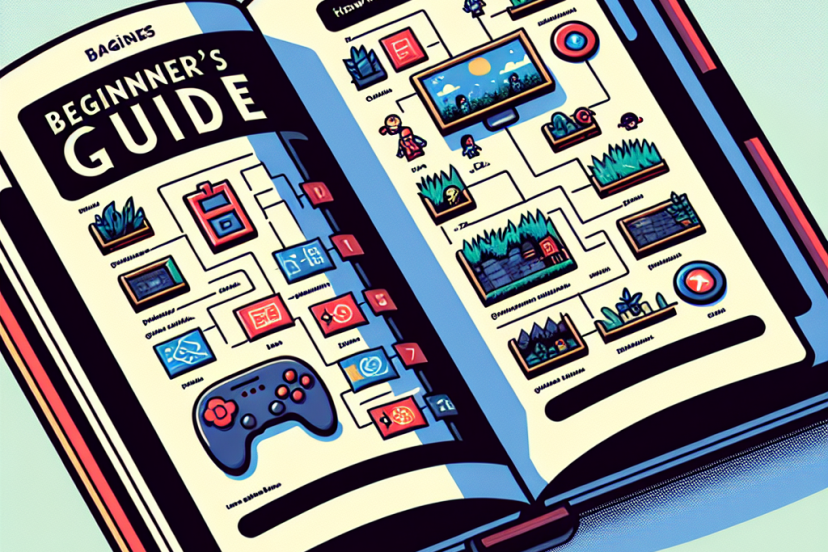The Digital Marketplace Wars: Subscription Services and Their Fallout
The Digital Marketplace Wars: Subscription Services and Their Fallout
The Rise of Subscription Services
In recent years, subscription-based business models have reshaped how consumers interact with digital content, products, and services. This revolution began in the early 2000s with companies like Netflix leading the charge by offering unlimited streaming access for a flat monthly fee. Today, the digital marketplace is saturated with subscription services across various sectors, including entertainment, software, and e-commerce. This proliferation has sparked intense competition, prompting companies to innovate their offerings continually.
The Landscape of Subscription Services
The digital marketplace features several significant categories of subscription services:
-
Streaming Media: Services like Netflix, Hulu, Amazon Prime Video, and Disney+ dominate this category by providing vast libraries of movies and TV shows for a monthly fee. This sector has revolutionized content consumption, shifting audiences away from traditional cable television.
-
Music Streaming: Spotify and Apple Music have transformed how we listen to music, offering vast catalogs for a subscription price. These services introduce algorithms and curated playlists, enhancing user experience.
-
Software as a Service (SaaS): Companies like Adobe and Microsoft transitioned to subscription models for their software, providing continuous updates and cloud storage in exchange for recurring fees.
-
Subscription Boxes: From meal kits like Blue Apron to beauty boxes like Ipsy, this model allows consumers to receive curated products regularly, often based on personal preferences.
-
Gaming Services: Platforms like Xbox Game Pass and PlayStation Now offer gamers access to extensive libraries of games, marking a shift in how video games are consumed.
Market Dynamics and Competition
The Competitive Landscape
The subscription model is not without its drawbacks. The crowded marketplace has led to intense competition among existing players, often resulting in a phenomenon known as “subscription fatigue.” With countless services vying for consumer attention and wallet share, users are finding it increasingly challenging to manage multiple subscriptions. As prices rise, many consumers are beginning to question the value of these services.
-
Fighting for Consumer Attention: The competition for consumer attention is fierce; companies are investing heavily in original content to distinguish themselves from competitors. For instance, Netflix allocates billions annually to produce exclusive films and series to keep subscribers engaged and attract new customers.
-
The Pricing Wars: As competition intensifies, many companies respond with aggressive pricing strategies, including limited-time offers and bundle deals. For instance, those who subscribe to Disney+ often find promotional packages that include Hulu and ESPN, incentivizing consumers to consolidate their subscriptions.
-
Niche Markets: To survive in this saturated market, many services have carved out niche markets. Platforms offering specific genres of movies, documentaries, or educational content target dedicated audiences, leading to a more personalized experience.
Impact on Traditional Media
The surge of subscription services has profoundly impacted traditional media formats and companies. Cable television and movie theaters face declining revenues as consumers shift their viewing habits.
-
Decline of Cable TV: As viewers increasingly cut the cord in favor of on-demand content, cable companies struggle to retain subscribers. This trend shifted the advertising dollars from traditional media to digital platforms, which offer more targeted advertising opportunities.
-
Impact on Movie Theaters: The pandemic accelerated consumers’ preference for home viewing, forcing theaters to pivot. Many now explore subscription models, such as AMC Stubs A-List, in an attempt to revive interest and encourage repeat attendance.
-
Advertising Evolution: Advertisers are also adjusting strategies to better align with the streaming environment. While traditional television offered broad reach, streaming platforms provide granular targeting capabilities, allowing for more efficient ad spend.
Risks and Challenges for Companies
While subscription services present lucrative opportunities, they also carry inherent risks that firms must navigate:
-
Churn Rates: High churn rates threaten profitability. A growing number of subscribers means little when a significant portion leaves after a few months. To combat churn, companies are focusing on customer retention strategies, loyalty programs, and enhancing user experience.
-
Content Acquisition: As demand for original programming increases, so do the costs associated with acquiring or producing content. Companies must balance investment in new content while maintaining affordable subscription fees, a challenging task as competition escalates.
-
Global Expansion: The quest for new subscribers often leads companies to explore international markets. However, cultural differences and varying content regulations complicate this process, requiring careful consideration of local preferences and legal constraints.
Consumer Behavior and Expectations
As the marketplace evolves, so do consumer expectations. Millennials and Gen Z, who dominate the digital space, are particularly discerning and demand tailored experiences.
-
Personalization: Services that harness user data to provide personalized recommendations are more likely to succeed. Algorithms that curate experiences based on viewing habits lead to increased engagement.
-
Flexibility: Consumers increasingly favor flexible subscription plans that allow pause or cancellation at any time without penalties. This trend encourages companies to adapt to evolving consumer preferences.
-
Transparency: Subscription fatigue has given rise to consumer demand for transparency regarding pricing structures. Clear communication regarding fees, contracts, and cancellation policies can enhance consumer trust and satisfaction.
Future Outlook
The digital marketplace is undeniably dynamic and ever-evolving. As subscription services adapt to new consumer preferences, they are likely to incorporate emerging technologies like artificial intelligence and augmented reality to enhance viewer experiences.
-
Content Innovations: Expect to see more interactive content, where viewers can influence storylines or outcomes. Such innovations may redefine how audiences engage with media.
-
Ecosystem Development: Companies may explore merging services or creating ecosystems, allowing users to access multiple kinds of content through a single subscription. This strategy could minimize churn and consolidate consumer spending.
-
Sustainability Initiatives: As consumers become increasingly environmentally conscious, companies may adapt their practices to align with these values, creating sustainable content production and distribution processes.
Conclusion
The wars in the digital marketplace are far from over, as subscription services continue to reshape consumer behavior and challenge traditional models. This ongoing evolution promises high-stakes competition, opportunities for innovation, and a shifting landscape that requires agility and adaptability from all players involved. With the right strategies and understanding of consumer behavior, companies can navigate these turbulent waters and thrive in the digital era.




